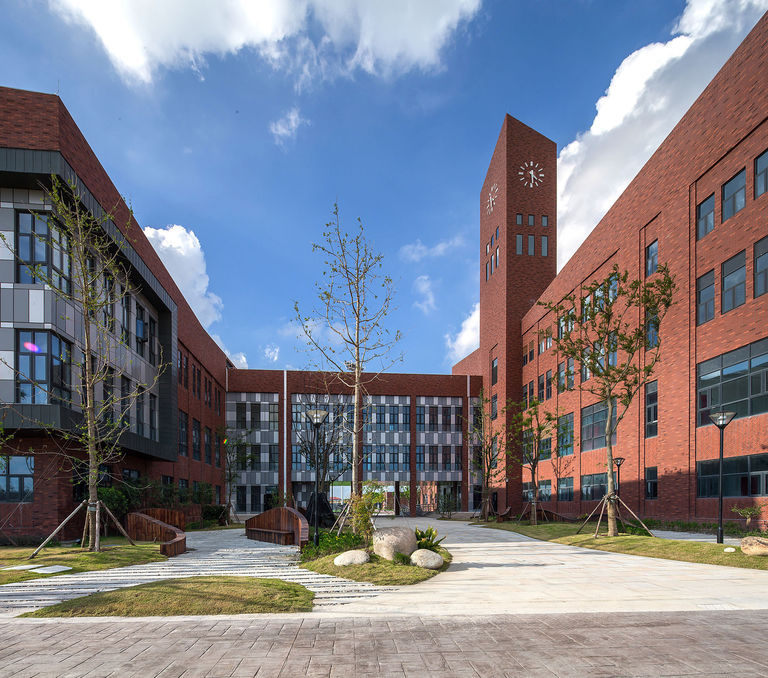British schools are revered for their history and heritage, and having the name of a prestigious British school attached to an institution can be a key differentiator, with parents keen to buy into ‘the brand’. A Broadway Malyan repeat client; Dulwich College has blazed this trail, with its international arm setting up schools across Asia.
But I don’t believe it is as simple as ‘branding’ or the perceived quality resulting from the longevity of a brand. I believe British architects are benefitting from a chapter in our more recent history.
The Building Schools for the Future (BSF) investment programme from the 2000s – focussing on building and improving school buildings – fell by the wayside in the UK due to spiralling costs and mismanagement. In Asia however, British architects now have the opportunity to implement many innovative ideas and strategies initiated during the BSF years, and are therefore rightly at the forefront of designing these modern and forward thinking institutions.
These collaborative, BSF-inspired, learning environments combine ICT and virtual learning with traditional Chinese curriculum delivery and British academic pedigree to create a powerful new product.
In China, a new typology is emerging. Broadway Malyan’s second project for education provider ‘Dipont Education’, represents an interesting evolution in Chinese school design.
For the growing affluent middle classes, many of whom aspire to see their children study abroad, there was an obvious gap in the market and Dipont have responded, establishing a new breed of school. The model essentially offers two schools within a shared campus: an ELIS and a Chinese school, where many facilities are shared and Chinese national students are able to interact with their international counterparts.
In this growing, and hugely rewarding sector our main challenge is in producing an architectural vision that embodies the ethos of a school, but also shows and understanding of, and sensitivity toward local customs and culture. It is a challenge we, as British architects, have stepped up to – sustaining and increasing demand for a highly desirable product.
To cite this week’s China Design Week, hosted by the China-Britain Business Council, and to consider again Charlie Sutherland’s view, it is clear we are witnessing a move from being made in China to being created in China.
But the unique design expertise of British architects remains an important cultural export – one that is very much alive and growing.

